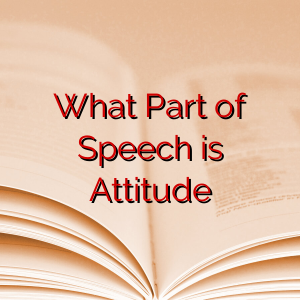What Part of Speech is Around [ Noun, Verb, Adjective ]
“Word around” is a phrase meaning to discuss or gossip about something, usually in an informal manner. But what part of speech is the phrase? Today we’ll explore the different parts of speech and give some examples so you can better understand its usage.
What Part of Speech is Around
Noun:
Around can be used as a noun to refer to the people that are discussing something.
- “We had a little word around this morning about the new policy.”
- “The whole town was abuzz with word around of an upcoming event.”
- “I heard word around that Tim won the lottery last night!”
Verb:
Around can also be used as a verb to mean discussing something.
- “We’re just around the new changes in the company.”
- “They were around the game for hours.”
- “Let’s get together and around what we should do next.”
Adjective:
Finally, around can be used as an adjective to modify a noun.
- “The word around the office was negative.”
- “There was a lot of word around the town.”
- “It’s been pretty quiet in town lately, so not much word around.”
Conclusion:
Now that you know what part of speech the phrase “word around” is, let’s review. Word around can be used as a noun to refer to the people discussing something, as a verb to mean discussing something, or as an adjective to modify a noun
FAQs
1. Is around a place adverb?
No, “around” is not typically used as a place adverb. It can be used as an adjective or preposition to describe position and direction, but it is usually not considered to be an adverb.
2. What part of a sentence is around?
“Around” can be used as a noun, verb, or adjective depending on the context in which it is used.
3. How do you use an adverb around?
An adverb cannot typically be used with the word “around.” However, there are some phrases such as “all around,” which can be considered adverbial.
4. Is near a preposition or adverb?
Near can be used as both a preposition and an adverb, depending on the context in which it is used. As a preposition, it expresses position and proximity; as an adverb, it expresses place or direction.

Hello! Welcome to my Blog StudyParagraphs.co. My name is Angelina. I am a college professor. I love reading writing for kids students. This blog is full with valuable knowledge for all class students. Thank you for reading my articles.




![What Part of Speech is Just [ Verb, Adverb, Adjective ] What Part of Speech is Just [ Verb, Adverb, Adjective ]](https://studyparagraphs.co/wp-content/uploads/What-Part-of-Speech-is-Just--Verb-Adverb-Adjective-.png)